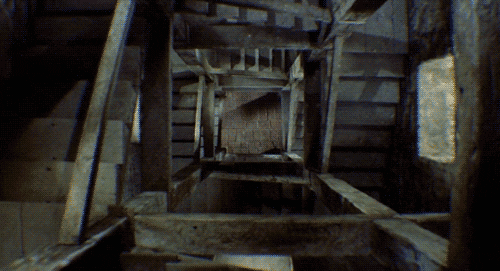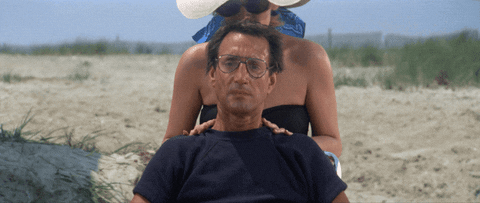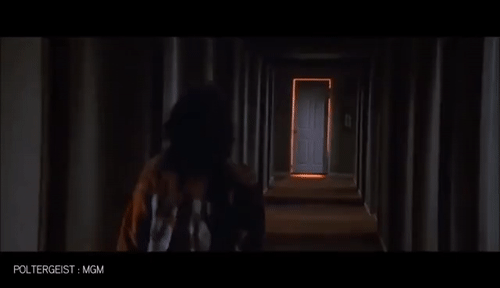Dolly Zoom
Posted in General on Aug 16, 2019
There are many kinds of camera techniques used to portray different feelings or solicit specific reactions. We have previously discussed basic camera movements, which can be read here: https://bit.ly/2P1WQi2 Here we are going to discuss a particular, highly artistic technique: the dolly zoom.

Initially popularized in Alfred Hitchcock’s 1958 film ‘Vertigo’, the dolly zoom involves using a lens’ zoom capabilities while physically moving the camera towards or away from the subject. The movement of the camera should work in an inverse direction as that of the zoom. As seen above, the main character of Vertigo point of view is looking down a bell tower and the view appears to become longer with the same basic scene still in frame. Here it is meant to exemplify the dizziness brought on by heights, or vertigo. The dolly zoom shot is standardly used by filmmakers to portray a sense of dread or terrible epiphany.

In this famous shot from Spielberg’s ‘Jaws’ (1975), the character is kept the same size in the frame from beginning to end while the environment around him widens. The character is having a startling revelation and we are able to experience it more viscerally than if it was just the actor’s face in a static shot. This is a reason the technique is often utilized in horror movies. It provides a sense of horror that the viewer can experience rather than just watch.

In this shot from ‘Poltergeist’ (1982), nothing about the physical set is changing, but the visual impression is the that hallway is extending, disallowing the character from moving towards the door.
Certain effects similar to the dolly zoom can be achieved through digital means, but the traditional system with the physical camera creates a more real feeling that goes a long way in creating a connection the viewer and in turn engaging them with the story. Where have you seen the dolly zoom used in movies or television?